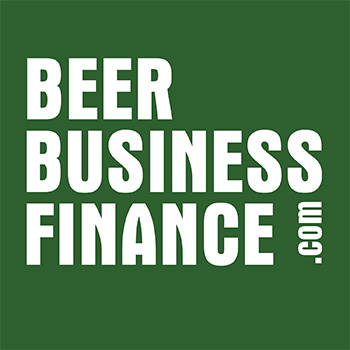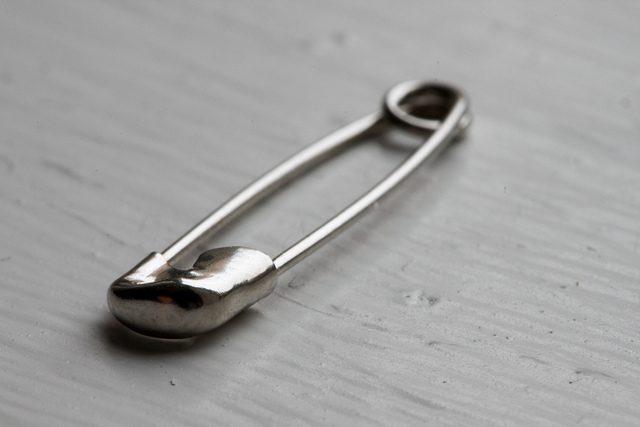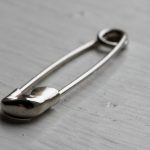“Every accident is a notice that something is wrong with men, methods, or material. Investigate. Then act.” ~Safety saying, circa early 1900s
The beer business is labor intensive. Warehouse employees are constantly lifting, twisting, turning, and loading trucks. Drivers are wheeling kegs down ramps and merchandisers are lifting cases and stocking shelves. Every time one of your employees picks something up they risk an injury – and you risk a workers comp claim.
On average, workers comp insurance costs about 3% of total payroll expense. For a beer distributor with $10million in payroll, that works out to $300,000 per year in premiums. A focus on safety says you care about your employees. A focus on safety says you care about your P&L.
Establishing a safety and accountability plan is an idea that can help you reduce accidents, reduce lost time due to injury, and reduce expenses on your income statement. Everyone wins.
On the surface, the term safety and accountability plan doesn’t sound very exciting or promising. But stay with me on this one as we walk through the steps. Despite the name, there’s real value and solid ideas here to help keep your employees safe and your bottom line safer.
Four Steps to Improved Safety
- File the report – but don’t stop there
- Injury follow up – what happened, how can we prevent it?
- Accountability follow up – everyone is responsible for safety, especially the employee
- Observation and reporting of unsafe actions – prevent injuries from happening in the first place
Step 1: File the first report of injury. This is the step which starts the claims process. A member of human resources speaks with the injured employee and finds out what happened. The basic facts and details are gathered and the form is filled out. The employee is referred to medical attention if needed. This is the standard procedure and covers the basic requirements.
In the safety and accountability plan, take this basic requirement a few steps further. Question the details of the incident and determine if the incident was preventable. Ask some probing questions: How did the incident occur? What could have been done to prevent the injury? What could we do better as a company to better protect our employees and avoid an injury like this from reoccurring?
Lastly, senior management is alerted to the incident. The ‘tone from the top’ is critical when implementing the safety plan. If ownership and upper management are aware of incidents, and actively involved in understanding what happened, everyone’s attention is heightened. For a safety plan to be taken seriously, it has to be understood that it is important. If ownership is paying attention, it’s important.
Step 2: Injury follow up. Within 24 hours of the incident, the employee should have completed an appointment with the medical facility (if needed), received a note regarding restrictions, treatment plan and follow up appointment. Human resources reviews this information and works with the general manager or team supervisor on a work plan.
Again, this is the standard process for many beer distributors. In the safety plan, take the follow up to the next level with an Accountability Follow Up.
Step 3: Accountability follow up. Here’s where the magic happens. This is the deep dive on what happened, what caused the injury and most important – how can it be prevented in the future.
If the incident occurred due to unsafe work conditions, human resources will contact the general manager and discuss the circumstances immediately. An action plan to fix the unsafe conditions will be created and implemented within 24 hours of the incident.
If the incident occurred due to unsafe actions by the employee, the team leader, general manager and human resources will meet with the employee within one week of the incident and discuss what happened. Questions are asked to determine what happened and how incidents like can be prevented in the future.
- What could the employee have done differently to prevent the injury?
- What can we do better as a company to prevent this type of injury from reoccurring?
- Does the employee need additional training, or re-training on tasks to perform job duties in a safe manner?
Based on answers to these questions the employee may be subject to disciplinary action up to and including termination. This is tough love. Nobody wants to get hurt, but sometimes employees do dumb things and injure themselves. It costs them time away from work, and it costs the company money in increased insurance premiums.
Step 4: Observation and Reporting of Unsafe Actions. This is the pro-active portion of the safety plan – working to stop injuries before they actually happen.
How often have you seen an employee reach over a pallet to pick up a case? How often has one of your supervisors seen a driver hop out of the cab of a truck, and not abide by the three-points of contact rule? It happens all the time, but what do we do it about it? Not much.
The safety plan mandates that these actions require the same level of scrutiny as any incident or injury. If unsafe actions are observed by an owner, member of senior management or team leader it warrants a meeting between the employee and the GM, human resources and immediate supervisor. Questions are asked, answers are required, and the employee is held accountable.
Practicing safety says you care. Sometimes it requires a little tough love, accountability, and getting called on the carpet. Your employees may not like it, but the plan will help them stay safe.
The plan will also help out your income statement by reducing expenses – lower workers comp premiums and reduced lost time due to injury. Follow the four steps and implement a safety and accountability plan in your beer company today.
Four Steps to Improved Safety
- File the report, but don’t stop there
- Injury follow up
- Accountability follow up
- Observation and reporting of unsafe actions
If you’d like a one-page overview of the Safety and Accountability plan just signup below. No one argues against safety. Don’t you be the first.






